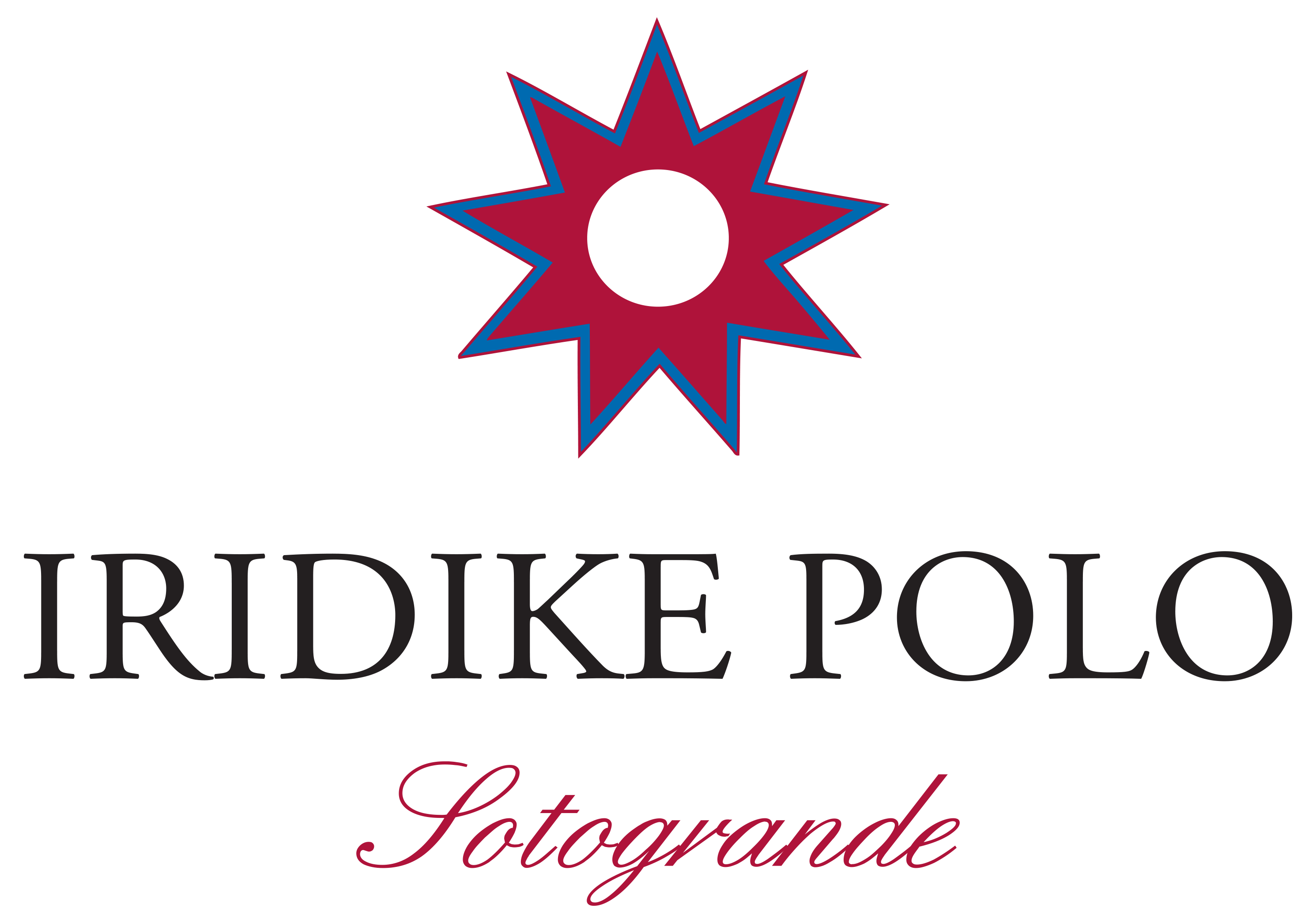Su historia
La historia del polo es tan antigua como incierta. Existen varias teorías acerca de cómo y cuándo se empezó a practicar, sin embargo, lo que está claro es que su origen se encuentra en Asia y que debió tener lugar poco tiempo después de que las tribus que poblaban las estepas de Asia Central domesticaran el caballo por vez primera.
Algunos historiadores creen que su origen se remonta a las tribus iraníes anteriores al reinado de Darío I el Grande (521- 485 a. C) y otros que éste tuvo lugar en el año 600 a.C. en Persia. Ambas teorías se apoyan en los numerosos documentos, dibujos, obras de arte y literatura a cerca del Polo que hoy día podemos encontrar en los principales museos europeos. Los ejércitos que combatían a lo largo y ancho de las estepas asiáticas lo hacían a caballo y con ellos, como algo innato lo hacía el primitivo juego de polo que fue adoptado por reyes y califas como la más noble de las prácticas deportivas.
Pronto este nuevo deporte comenzó a extenderse hacia Occidente a través de Constantinopla y por el este hacía el Tíbet y China. En ninguno de los lugares a los que se extendía el juego se jugaba de la misma forma, cada país lo jugaba a su manera.
• El Equipo
Un equipo de polo está formado por cuatro jugadores. Cada uno tiene un handicap de 0 a 10 goles.
El handicap del jugador depende de su habilidad para andar a caballo, rapidez para el juego y sentido del mismo.
A cada equipo se le señala un handicap que se forma con la suma de los de los cuatro jugadores.
En los torneos con handicap, si dos equipos que se enfrentan tienen distinto handicap, el equipo que resulte con menos goles debe comenzar el partido sumándose los goles de la diferencia entre su handicap y el del equipo contrario. Por ejemplo, un equipo con 26 goles le concederá 2 goles a favor a un equipo de 24.
• La Cancha
El partido se juega en canchas de 300 yardas de largo por 160 de ancho (tamaño de las canchas de fútbol 9) con postes de mimbre en sus extremos para formar los arcos.
• El Caballo
Anteriormente había una restricción por altura por eso se los llama «ponies» a los caballos de polo, sin embargo, hoy el promedio de altura ronda los 155 y 165 cm. Los caballos de polo son criados alrededor del mundo aunque muchos siguen prefiriendo los de Argentina, ya que la sangre de la raza criolla es excelente en velocidad, fuerza y agilidad.
Un buen caballo de polo debe ser capaz de frenar y girar en un «santiamén», muchos jugadores reconocen que gran parte de su éxito se debe a la habilidad de los caballos.
• Goles
Después de cada gol se cambia de lado. Los banderilleros se ubican en cada arco y señalan si se ha convertido un gol agitando una banderilla por sobre su(s) cabeza(s); si la bocha sale por la línea trasera la mueven horizontalmente a la altura de las rodillas.
• Penales
Un tiro libre hacia el arco a la distancia que ordene el árbitro dependiendo del foul que haya cometido el equipo contrario:
Penal Nº 1: automáticamente gol.
Penal Nº 2: 30 yardas a un arco abierto.
Penal Nº 3: 40 yardas a un arco abierto.
Penal Nº 4: 60 yardas a un arco con defensa.
Penal Nº 5: un tiro desde el lugar donde se cometió el foul.
Penal Nº 5B: un tiro desde el centro de la cancha.
• Tiros básicos
- Hacia adelante: es el más utilizado. Puede pegarse del lado derecho (lado del lazo) o del izquierdo (lado de montar).
- Hacia atrás: comúnmente llamado «Back o Backhander» también se puede pegar del lado derecho o del izquierdo.
- Cogote: se golpea por debajo del pescuezo del animal.
